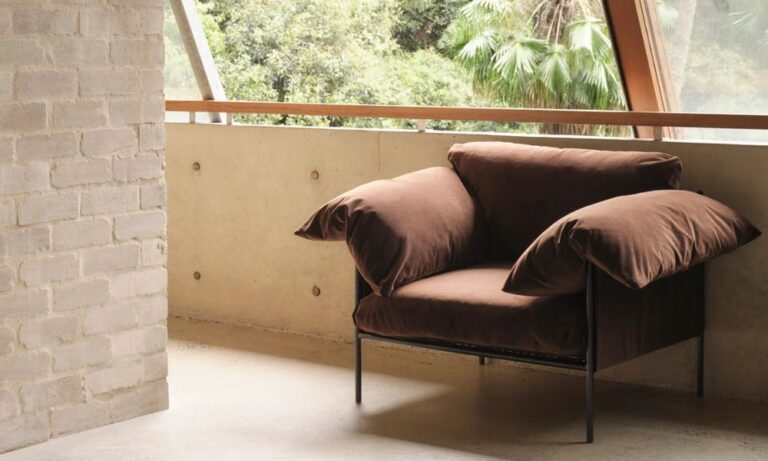Try these four essential tips for keeping your houseplants healthy and happy.
The greatest challenge that faces our increasingly populated cities is density — more people means, inevitably, more buildings, giving rise to relentless urban sprawl. But the growth of apartment living has led to an indoor-garden trend, with many stores now specialising exclusively in low-maintenance houseplants that require little more attention than a weekly water.
Looking after your houseplants
And greening your space has more benefits than the purely aesthetic, too: sun-loving succulents are known to purify the air; the act of gardening, even on a small scale, helps to reduce stress and improve mental health; and by potting your own herbs you’re bound to have fresh ingredients on hand for your next home-cooked meal.
Soil care
Choose a potting mix that holds moisture and contains compost or peat to nourish your plants. Make sure the soil is easily-drained. A high sand content can help the draining process.
Fertiliser
While not as important for indoor plants as outdoor foliage, a fertiliser high in nitrogen will help your indoor greenery grow and thrive. Opt for liquid fertilisers for indoor plants and dilute it with water to avoid burning the leaves.

Water adequately
Over-watering and under-watering your plants can have drastic consequences. Most indoor plants don’t require daily watering, instead preferring a drink every 3-7 days. The best way to check if your plant is thirsty is to test the first 5cm of soil for dryness.
Provide sunlight
Indoor plants need sunlight to survive, but not too much. Each type of plant will require a different amount, so do your research first. You may find you need to move your plant to provide it with the correct amount of exposure to sunlight. If your plant is too hot, it will start to wilt or its leaves will burn. If its growth is sparse, it probably needs to be in the sun for longer periods of time.







